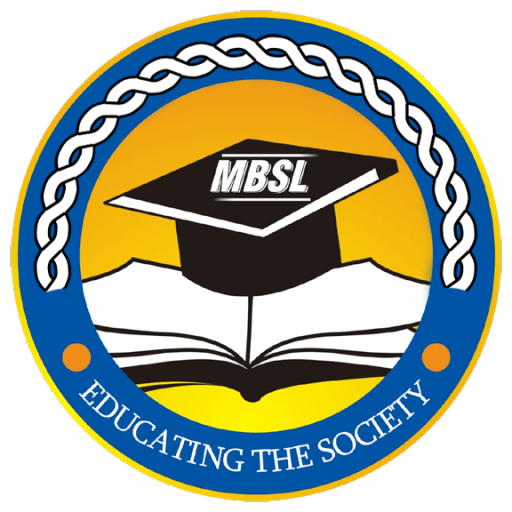3.SST (African American Rights)
During this period of time, there was a huge surge of activism taking place to reverse this discrimination and injustice. Activists worked together and used non-violent protest and specific acts of targeted civil disobedience, such as the Montgomery Bus Boycott and the Greensboro Woolworth Sit-Ins, in order to bring about change. Much of this organizing and activism took place in the Southern part of the United States; however, people from all over the country—of all races and religions—joined activists to proclaim their support and commitment to freedom and equality. For example, on August 28, 1963, 250,000 Americans came to Washington, D.C. for the March on Washington for Jobs and Freedom. They came to have their voices heard and listen to speeches by many civil rights leaders, especially Martin Luther King, Jr., who delivered what would become one of the most influential speeches in history. In the aftermath of World War II, African American civil rights efforts were hampered by ideological splits. The Southern system of white supremacy was accompanied by the expansion of European and American imperial control over nonwhite people in Africa and Asia as well as in island countries of the Pacific and Caribbean regions. Like African Americans, most nonwhite people throughout the world were colonized or economically exploited and denied basic rights, such as the right to vote.
